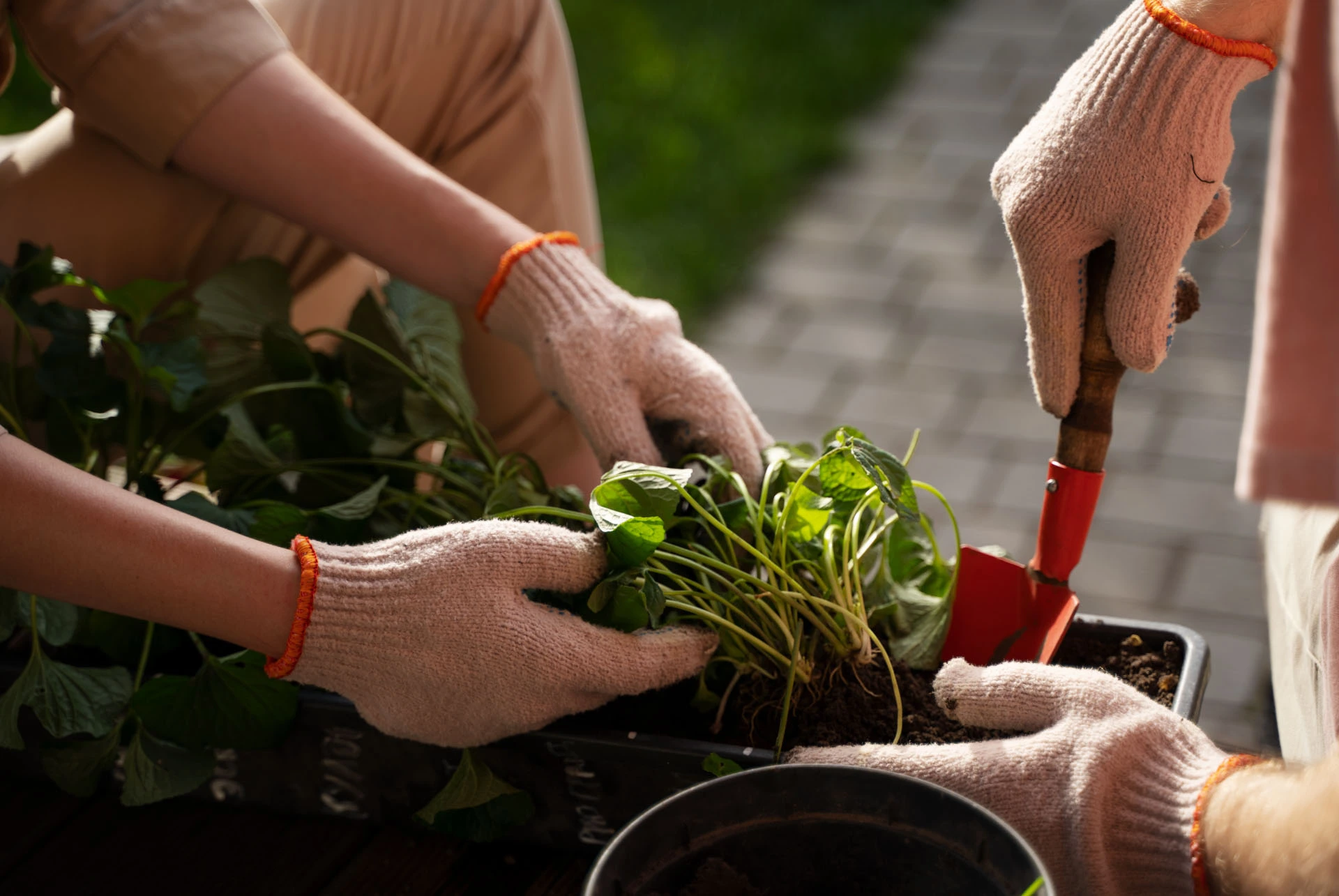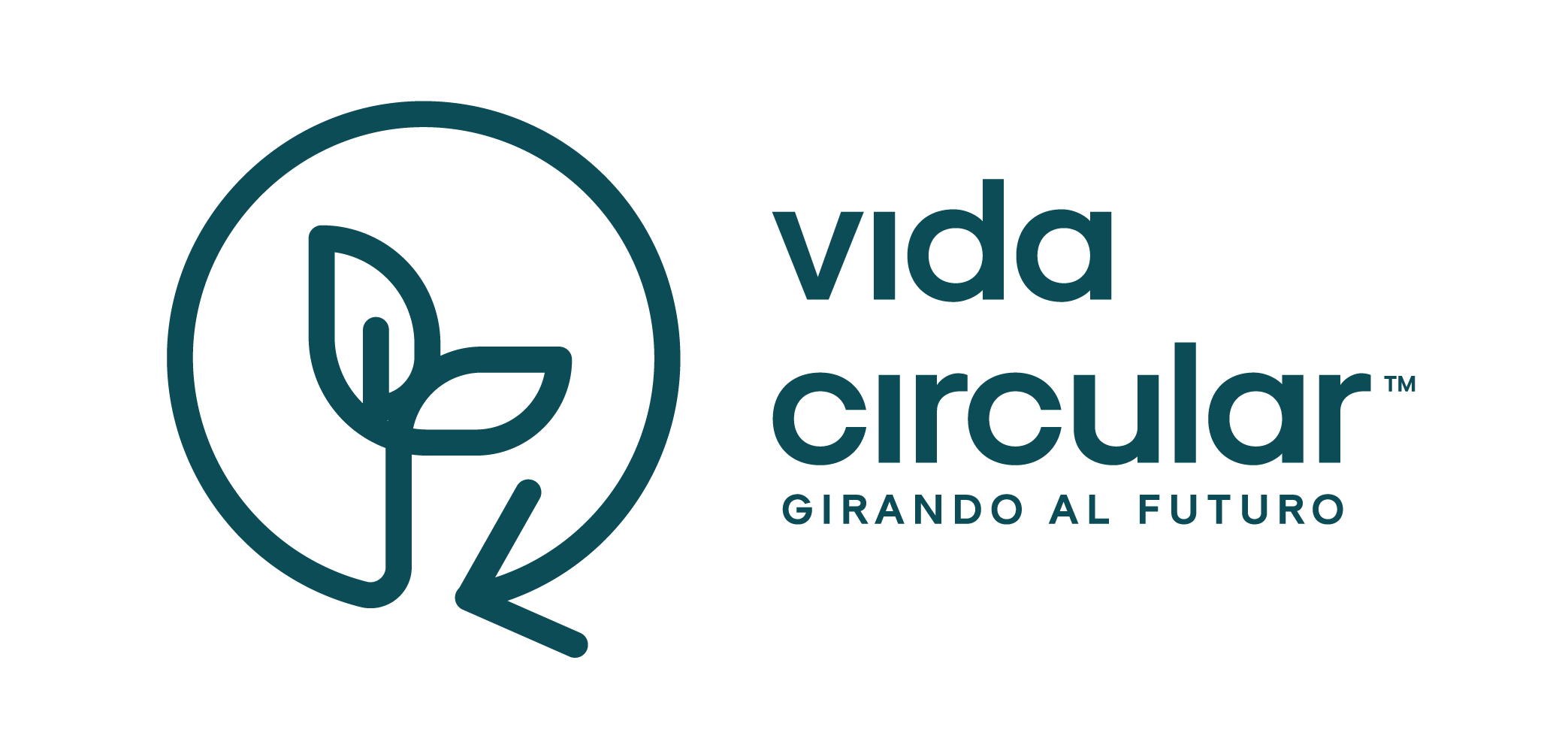
What is a home garden?
Why have a home garden?
Having a home garden is not only a great way to make the most of the space in your home or garden, but it also offers multiple benefits that can improve your quality of life and contribute to a healthier and more sustainable lifestyle. Among the main reasons to have a home garden are:
In modern life, we often disconnect from nature due to the fast pace and constant use of technology. Having a home garden is an excellent way to reconnect with the earth and enjoy the therapeutic benefits of gardening. Taking care of plants, watching them grow and harvesting their fruits generates a sense of accomplishment and personal satisfaction. In addition, gardening has been shown to reduce stress levels, improve mood and promote mindfulness. Spending time outdoors, even in a small space, can make a big difference in your emotional and mental well-being.
Types of home gardens
Depending on the available space, the resources you have and the level of dedication you want to give to it, there are different types of home gardens that you can implement. Each type has its advantages and adapts to different needs, so it is important to choose the one that best fits your lifestyle and the space you have.
1. Vertical vegetable gardens
Vertical gardens are an excellent option for those who live in apartments or small spaces, as they make the most of walls or vertical surfaces. This type of garden uses shelves, hanging planters or structures designed to grow plants on several levels. It is ideal for growing aromatic herbs, small vegetables or decorative plants.


2. Container gardens
If you have a terrace, balcony or simply want something more flexible, container gardens are a remarkable option. This type of garden is very versatile, as the pots can be easily moved around depending on light or weather needs. Pots come in a variety of sizes, allowing you to grow everything from small herbs to miniature fruit trees.
3. Vegetable gardens in the soil
If you have a garden or patio, you can opt for a vegetable garden on the ground. This type of garden allows you to grow a larger number of plants and make efficient use of space. In-ground gardens are ideal for those who want a larger gardening project and can devote more time and effort to it. In-ground gardens allow for a wider variety of crops, including root vegetables such as carrots or potatoes, and plants that require more space, such as pumpkins or tomatoes.


4. Hydroponic gardens
Hydroponic gardens are a modern and advanced option for those who wish to experiment with new technologies in plant cultivation. Instead of using soil, this system is based on the use of water enriched with essential nutrients for plant growth. Hydroponic gardens are ideal for indoors, greenhouses or any place where space is limited or the soil is not suitable for cultivation. Among the most common crops grown in hydroponic gardens are lettuce, spinach, herbs and strawberries.
How to build a home vegetable garden?
Building a home vegetable garden may seem like a daunting task at first, but with proper planning and the right materials, it's an affordable and rewarding project. Here are the key steps to starting your own home garden.
1. Choose the right space
The first step is to select a location within your home or garden that receives sufficient sunlight. Most plants need at least 6 hours of direct sunlight per day to grow healthily, so it is crucial to locate your garden in a well-lit area, such as a terrace, balcony or a sunny window if you are indoors. If you don't have a lot of space or direct light, there are plants that can adapt to indirect or partial light conditions.
2. Design your garden
Once you have chosen the site, it is time to design your home garden. This is where you decide if you prefer to use:
- Pots: They are ideal for terraces or balconies. The pots have the advantage of being mobile, which allows you to change their location according to the needs of light or climate.
- Containers: They can be wooden boxes, large planters or any suitable container. Make sure they have good drainage.
- Directly in the ground: If you have a garden, this is the most traditional option. You can delimit a specific space for planting or use raised beds. Raised beds are an excellent option if you have the space. These structures allow you to better organize the garden and help control drainage and soil quality.
3. Prepare the soil
Soil type is key to the success of your home garden. If you are planting in the ground or in beds, make sure the soil is fertile, nutrient-rich and well-drained. You can improve soil quality by adding compost, worm castings or organic fertilizer.
If you opt for pots or containers, use special garden soil. These are often designed to retain adequate moisture and provide nutrients, which is important for plants that will grow in smaller spaces.
4. Irrigation system
Irrigation is one of the most significant aspects of maintaining your garden. Depending on the type of plants you decide to grow, they will require a different amount of water. It is essential that watering is regular, but not excessive, as waterlogging can damage the roots and attract pests. You have several options for watering your garden:
- Manual watering: You can use a watering can or hose, depending on the size of the garden. Be sure to water at the base of the plants and do not over-wet the leaves to avoid fungal diseases.
- Drip irrigation system: If you want to save water and make irrigation more efficient, a drip irrigation system is ideal. This system allows the water to reach the roots of the plants slowly and steadily, ensuring that it is used to the maximum and reducing the risk of waste or evaporation.
If you live in an area where the climate is dry or you don't have time to water daily, a drip irrigation system will help you keep your plants well hydrated with minimal effort.
Soil is the foundation of any garden, and fertile soil is essential to ensuring your plants grow strong and healthy. You must ensure that the soil is enriched with nutrients such as nitrogen, phosphorus, and potassium, which are essential for root development and plant growth. If your garden soil isn't ideal, you can improve it by mixing in homemade or store-bought compost , which provides organic matter and improves soil structure, facilitating water retention and aeration.
If you are not planting directly in the ground, you will need pots or containers for your garden. These containers come in a variety of sizes, shapes and materials, from plastic to ceramic to terra cotta. It is important that the pots have drainage holes in the bottom to prevent water from pooling and damaging the roots. Also, when choosing the size of the pot, consider the type of plant you will be growing.
To make it easier to work in your home garden, you will need some basic gardening tools:
- Small shovel: Ideal for turning the soil, making holes for planting seeds or transplanting seedlings.
- Hand rake: Used to level the soil, remove small stones and aerate the soil.
- Pruning shears: Important for keeping your plants clean and healthy. These shears will help you cut dry branches, wilted flowers or harvest fruits.
- Gardening gloves: Although not mandatory, it is advisable to wear gloves to protect your hands from contact with soil, thorns or possible insects.
These tools are basic, but if you plan to expand your garden, you can consider acquiring others such as a watering can, a sprayer for fertilizers or natural insecticides, and a hose with an adjustable nozzle for irrigation.
The choice of seeds or seedlings will depend on what you want to grow and the space available in your garden. Seeds offer a wider variety of species to choose from and are usually cheaper, but require more time and care in their initial phase. It is important to read the planting instructions on seed packets, as each type of plant has specific requirements for depth, spacing and watering.
To maintain soil health over time, it is essential to use organic fertilizers. These fertilizers can be homemade compost, well-decomposed manure or specific fertilizers for organic gardens that you can find in garden stores. Unlike chemical fertilizers, organic fertilizers improve soil structure and promote biodiversity by providing nutrients in a more balanced way.
What to plant in the home garden?
Choosing what to grow in your home garden will depend on several factors: the climate of your region, the space available and, of course, your personal preferences. Some plants require more space or specific care, while others are hardier and easier to grow, making them an excellent choice for beginners. Here are some of the most common options for you to consider, divided into categories according to plant type.
1. Vegetables
Vegetables are one of the most popular crops in home gardens, as many of them adapt easily to different types of climates and spaces. In addition, the taste and freshness of home-grown vegetables is incomparable to those purchased at the supermarket. Some common choices include tomatoes, carrots, lettuces, peppers, etc.
2. Herbs
Herbs are a fantastic choice for any home garden, especially if you have limited space. They are easy to grow, require little care and offer a steady supply of fresh leaves to spice up your meals. In addition, many herbs have pest-repellent properties, making them natural allies for the garden. Some herbs you can grow include basil, parsley, cilantro, mint, among others.
3. Small fruits
If you have a little more space and want to enjoy fresh home-grown fruits, small fruits are an excellent choice for your home garden. They are relatively easy to care for and can grow well in large pots or directly in the ground. Some small fruits to consider are strawberries, raspberries, blackberries, etc.
In addition to these common options, you can explore other plants depending on your climate and preferences. For example, zucchini, cucumbers or spinach are great for warm climates and can grow well in both pots and beds. If you live in a cool climate, plants like kale or chard can also be a great option.
How to maintain a home vegetable garden?
Keeping a home vegetable garden in good condition requires constant attention and some basic care that will ensure that your plants grow strong and healthy. Below, I explain the key aspects of maintaining your home garden efficiently and sustainably.
Regular irrigation
Irrigation is one of the most important factors in maintaining a vegetable garden. Each plant has different water needs, so it is essential to understand how much watering each type of crop requires. However, there are some general rules to follow such as keeping the soil from drying out completely, as plants need constant moisture to grow, especially in the early stages. Likewise, consider not over-watering, because excess can be detrimental, as it can cause roots to rot and attract pests. It is important to find a balance.

2. Pest Control
Pest control is essential to prevent insects, fungi or diseases from damaging your garden. Instead of resorting to chemical pesticides, which can be harmful to the environment and health, you can opt for more natural and ecological solutions: You can prepare homemade insecticides using ingredients such as garlic, neutral soap or neem oil, which are effective against common pests such as aphids, mealybugs or spider mites.

3. Regular pruning
Pruning is an important task to keep your plants healthy and ensure optimal growth. Pruning not only improves the appearance of plants, but also allows them to concentrate their resources on the most productive parts. You can do this by removing dead leaves, weak or damaged branches, cutting back weeds, and it is also good to do regular harvesting. For herbs and some vegetables, regular harvesting acts like pruning, stimulating the continued growth of new leaves or fruit.

4. Crop rotation
Crop rotation is an essential practice for maintaining soil health and preventing the buildup of pests and diseases. It consists of shifting plants every season or every so often, so that soil nutrients are not depleted and pests do not specialize in a particular crop.
Additional tips for beginners
Now that you have all the information you need to create your home garden, we want to offer you some additional tips that will be very useful to optimize your results. These key points will help you avoid common mistakes and maintain a healthy crop from day one, ensuring that your garden thrives efficiently and smoothly.
- Start with a few plants: If this is your first garden, start with a few plants that are easy to care for, such as lettuce or herbs. This will allow you to learn without being overwhelmed by maintenance.
- Use well-draining containers: Make sure the pots or containers you use have drainage holes. Excess water can drown roots, so drainage is essential for the health of your plants.
- Fertilize regularly: Use compost or organic fertilizers to enrich the soil every few weeks. This helps plants get the nutrients they need to grow strong and healthy.
- Choose plants according to your space: If you have little space, opt for plants that adapt to small pots or vertical gardens, such as herbs, lettuce or strawberries. You don't need a large garden to have a productive vegetable garden.
- Learn to observe your plants: Plants communicate their needs through changes in their leaves and stems. For example, yellow leaves may indicate excess water, while wilted leaves may be a sign of a lack of water or nutrients. Watch your plants regularly to detect problems early.
Another important point to take into account is the seasons of the year, since each one offers ideal conditions for the growth of different plants, which influences the success of your home garden. Adapting your crops to the characteristics of each season not only ensures a healthy harvest, but also optimizes the use of space and resources. Here is a planting calendar, considering the seasons of the year and the most suitable plants for each one:

Conclusion of creating a home vegetable garden
Creating and maintaining a home garden is much more than just a hobby; it is a commitment to a healthier, more sustainable and conscious lifestyle. Through this project, you not only connect with nature, but also become more self-sufficient by having control over what you consume. The act of growing your own food brings with it a sense of accomplishment, well-being and a tangible impact on reducing your environmental footprint.
Choosing what to plant, how to plant it and caring for the garden requires planning and dedication, but the physical and emotional benefits far outweigh the initial effort. It also reminds you of the importance of patience, perseverance and respect for natural cycles. In the end, a home garden not only transforms your space, but also your way of seeing the world and your relationship with the food you eat. If you've ever been curious about gardening, there's no better time to start than now; the results will be more rewarding than you can imagine.




